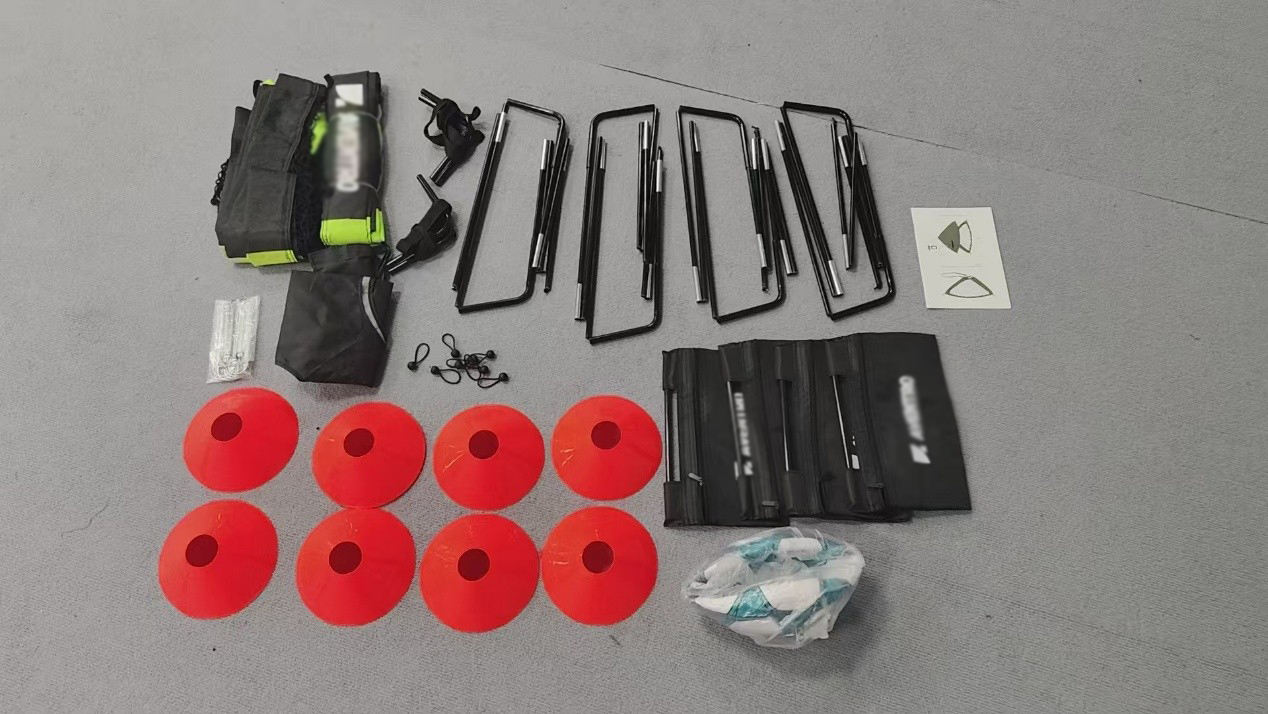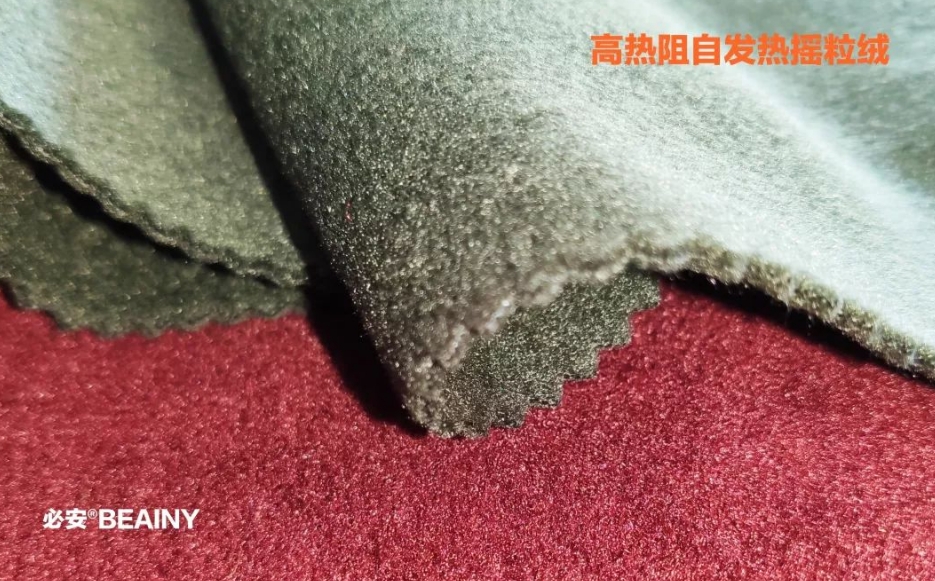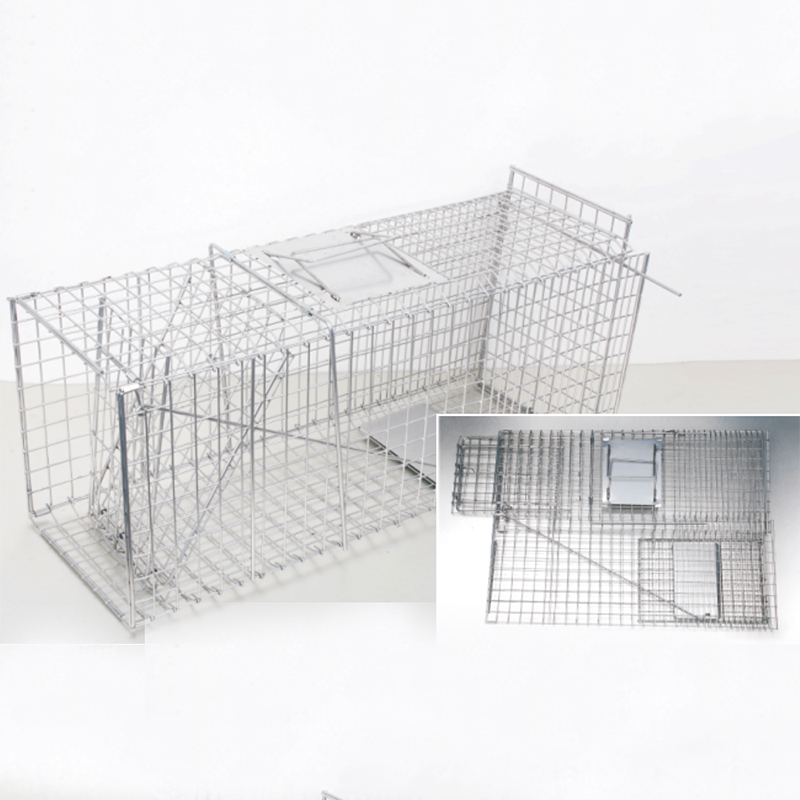Self-limiting temperature and constant power electric heating cables are two different electric heating cables, which have different characteristics and applicable occasions in heating and heat preservation applications. Below we compare these two products from different aspects, mainly heating principle, power, installation and maintenance, and service life and safety. Both differ in these respects.
1. Heating principle. Both self-limiting and constant power electric heating cables adopt the principle of electrothermal conversion, and heat objects through the heat generated after electrification. The self-limiting temperature electric heating cable is made of PTC ceramic material. As the temperature rises, the resistance value changes in a stepwise manner. It can automatically limit the heating power and has the characteristics of automatic constant temperature. The constant power electric heating cable is made of parallel resistance material, which generates a fixed power per meter after being energized. As the temperature rises, the resistance value will not change, so it will not automatically limit heating.
2. Power. The self-limiting temperature electric heating cable has the feature of automatically adjusting the heating power. When the temperature is too high, it will automatically reduce the power to keep the temperature stable. This feature makes it suitable for some occasions that require insulation but do not require overheating protection, such as pipelines, storage tanks, etc. The constant power electric heating cable does not automatically adjust the heating power, so it is suitable for some occasions that require overheating protection, such as medical equipment, electronic equipment, etc.

3. Installation and maintenance. Self-limiting temperature heating cable has the characteristics of good flexibility, bendability, and shearability. It is easy to install and can be laid and wound at will. On the other hand, the heating belt body of the electric heat tracer with constant power demand is relatively hard, and fixed support is required during installation, and the maintenance is relatively complicated.
4. Service life and safety. The self-limiting temperature electric heating cable is made of PTC ceramic material, which has high safety. The constant power electric heating cable has a long service life and is made of parallel resistance material, which is easily affected by voltage fluctuations and short circuits, and its safety is relatively low.
To sum up, self-limiting temperature and constant power electric heating cables have their own advantages and disadvantages, and they need to be selected according to specific applications. When choosing, it is necessary to comprehensively consider factors such as the material, structure and use environment of the heated equipment, pipes and other objects.

 English
English Español
Español Português
Português русский
русский français
français 日本語
日本語 Deutsch
Deutsch Tiếng Việt
Tiếng Việt Italiano
Italiano Nederlands
Nederlands ไทย
ไทย Polski
Polski 한국어
한국어 Svenska
Svenska magyar
magyar Malay
Malay বাংলা
বাংলা Dansk
Dansk Suomi
Suomi हिन्दी
हिन्दी Pilipino
Pilipino Türk
Türk Gaeilge
Gaeilge عربى
عربى Indonesia
Indonesia norsk
norsk اردو
اردو čeština
čeština Ελληνικά
Ελληνικά Українська
Українська Javanese
Javanese فارسی
فارسی தமிழ்
தமிழ் తెలుగు
తెలుగు नेपाली
नेपाली Burmese
Burmese български
български ລາວ
ລາວ Latine
Latine Қазақ
Қазақ Euskal
Euskal Azərbaycan
Azərbaycan slovenský
slovenský Македонски
Македонски Lietuvos
Lietuvos Eesti Keel
Eesti Keel Română
Română Slovenski
Slovenski मराठी
मराठी Српски
Српски 简体中文
简体中文 Esperanto
Esperanto Afrikaans
Afrikaans Català
Català עִברִית
עִברִית Cymraeg
Cymraeg Galego
Galego 繁体中文
繁体中文 Latvietis
Latvietis icelandic
icelandic יידיש
יידיש Беларус
Беларус Hrvatski
Hrvatski Kreyòl ayisyen
Kreyòl ayisyen Shqiptar
Shqiptar Malti
Malti lugha ya Kiswahili
lugha ya Kiswahili አማርኛ
አማርኛ Bosanski
Bosanski Frysk
Frysk ជនជាតិខ្មែរ
ជនជាតិខ្មែរ ქართული
ქართული ગુજરાતી
ગુજરાતી Hausa
Hausa Кыргыз тили
Кыргыз тили ಕನ್ನಡ
ಕನ್ನಡ Corsa
Corsa Kurdî
Kurdî മലയാളം
മലയാളം Maori
Maori Монгол хэл
Монгол хэл Hmong
Hmong IsiXhosa
IsiXhosa Zulu
Zulu Punjabi
Punjabi پښتو
پښتو Chichewa
Chichewa Samoa
Samoa Sesotho
Sesotho සිංහල
සිංහල Gàidhlig
Gàidhlig Cebuano
Cebuano Somali
Somali Точик
Точик O'zbek
O'zbek Hawaiian
Hawaiian سنڌي
سنڌي Shinra
Shinra հայերեն
հայերեն Igbo
Igbo Sundanese
Sundanese Lëtzebuergesch
Lëtzebuergesch Malagasy
Malagasy Yoruba
Yoruba









